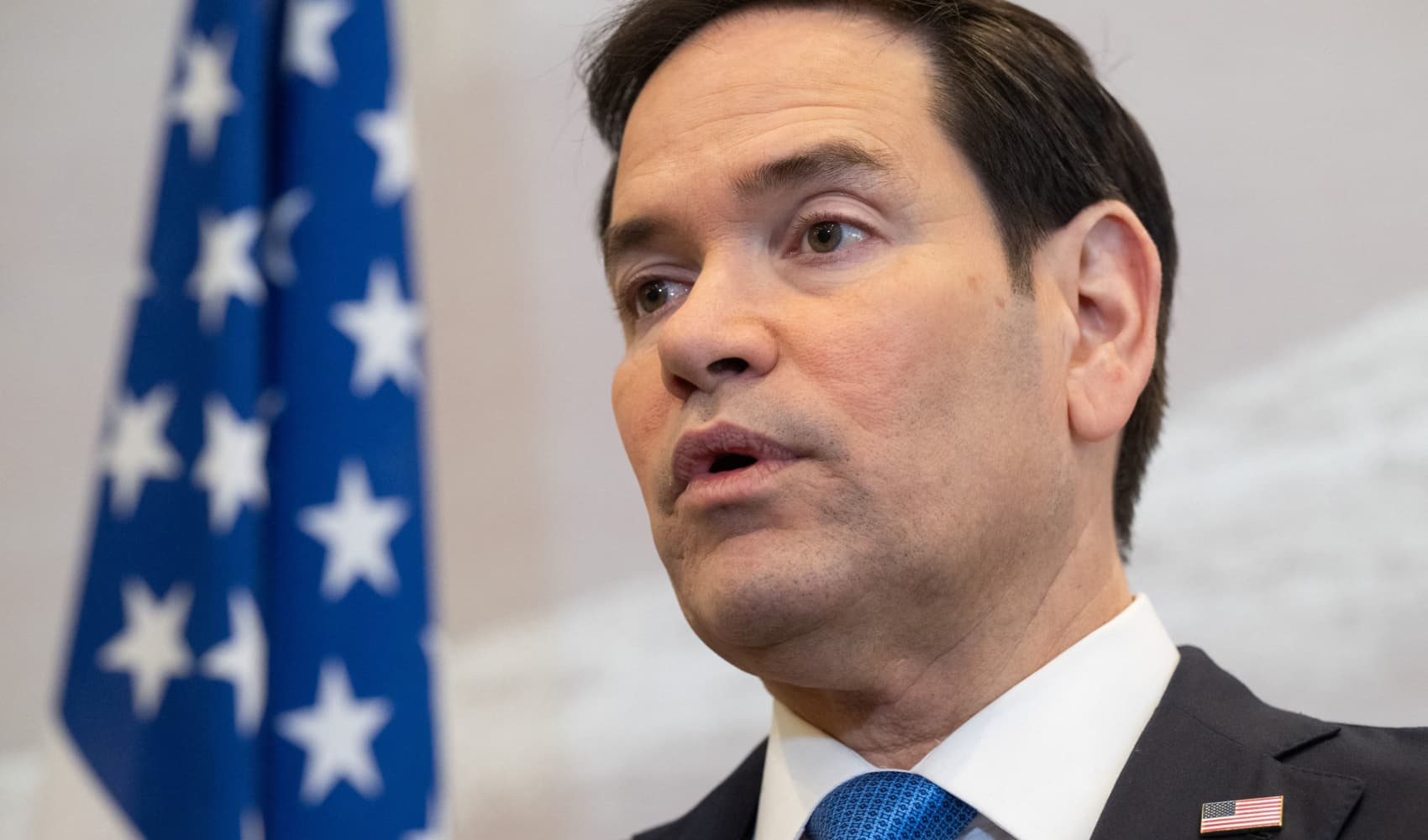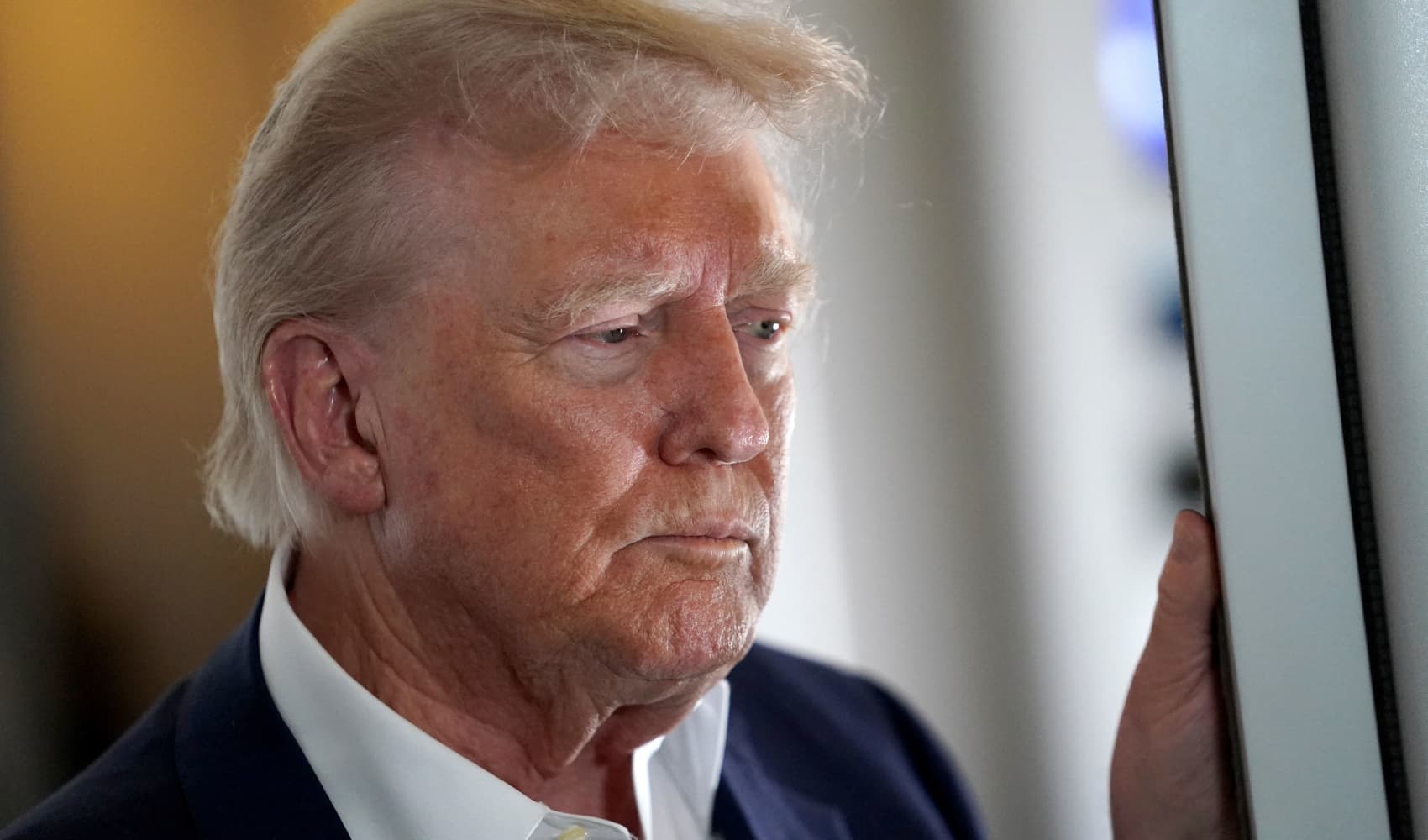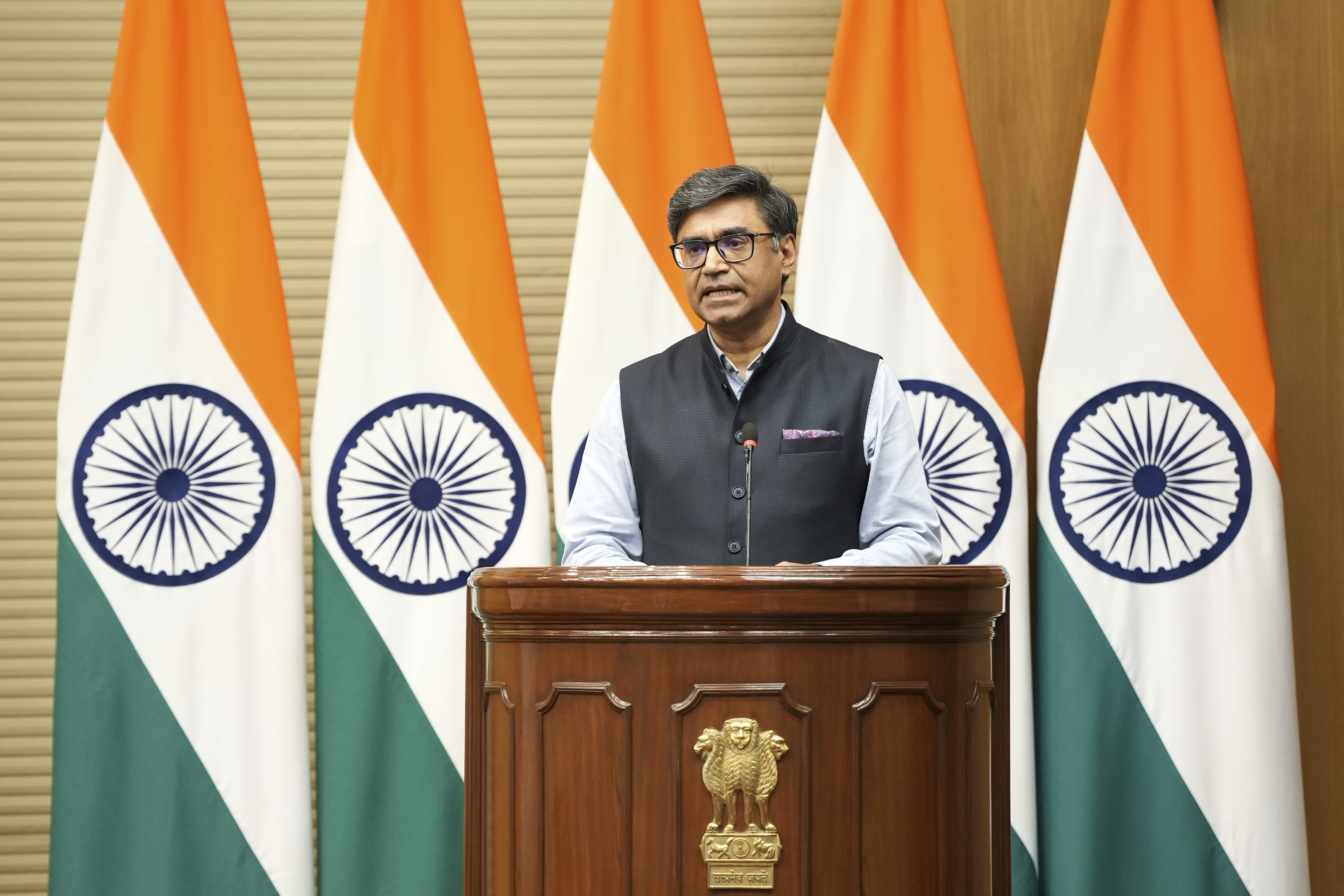Russia-Ukraine Peace: US Proposes Lighter Sanctions?
U.S. Signals Shift: Lighter Sanctions on Russia Proposed in Ukraine Peace Plan?
Introduction: A Potential Turning Point in the Russia-Ukraine Conflict?
The ongoing conflict between Russia and Ukraine has been a source of immense global instability and humanitarian suffering. But could a potential shift in U.S. policy signal a move towards a resolution? Recent reports, notably from Bloomberg News, suggest that the U.S. has proposed a peace plan that includes easing sanctions on Russia. This isn't necessarily a "done deal" – it's more like the first tentative notes of a possible melody of peace. The U.S. proposals, shared with allies in Paris, represent a potential pathway to de-escalation, but not necessarily a final settlement.
The Paris Talks: Laying the Groundwork for Peace?
So, what exactly went down in Paris? According to Bloomberg, U.S. proposals were presented to European Union officials during talks in the French capital. French President Emmanuel Macron was reportedly involved in discussions with U.S. envoy Steve Witkoff. The discussions also involved U.S. Secretary of State (Note: Marco Rubio is a Senator and not Secretary of State. Replacing with Antony Blinken) Antony Blinken and other national security advisors, engaging with foreign negotiators to explore avenues for a potential ceasefire and a long-term solution.
Freezing the Conflict: A Controversial Approach?
The proposed plan seemingly hinges on the concept of “freezing” the conflict. What does that mean? Well, according to EU sources cited by Bloomberg, it suggests a scenario where active fighting ceases, but a final agreement isn’t reached. Ukrainian territories currently occupied by Russia would, for the time being, remain under Russian control. This is a deeply sensitive and complex issue, raising concerns about territorial integrity and the potential for future instability.
Sanctions Relief: A Carrot to Encourage Cooperation?
One of the most significant aspects of the proposed plan is the potential easing of sanctions on Russia. Sanctions have been a key tool used by the U.S. and its allies to pressure Russia to end its aggression. The prospect of lifting some of these sanctions could be seen as an incentive for Russia to engage in meaningful negotiations and maintain a ceasefire. But, is it too soon? Are we rewarding aggression?
Why Now? Exploring the Motivations Behind the Proposal
Geopolitical Realities: A Shifting Landscape
The geopolitical landscape is constantly evolving. The U.S. might be factoring in various factors, like the economic impact of the war, the strain on allied resources, and the potential for escalation, in reconsidering its approach. Are they looking to cut their losses and focus on other pressing global issues?
Domestic Pressures: Balancing Foreign Policy with Internal Concerns
Domestic political pressures can also play a role in shaping foreign policy. Perhaps the U.S. administration faces pressure to find a resolution that reduces the burden on American taxpayers or addresses concerns about energy prices and inflation. It's a delicate balancing act between international responsibility and domestic needs.
The Devil's in the Details: Unanswered Questions and Potential Pitfalls
The Scope of Sanctions Relief: How Much is Too Much?
The extent of the proposed sanctions relief is crucial. Will it be a gradual easing based on verifiable progress, or a more sweeping rollback? The details will determine whether it's seen as a genuine incentive or a concession that emboldens further aggression.
The Future of Occupied Territories: A Recipe for Future Conflict?
The proposed "freezing" of the conflict and the continued Russian control of occupied territories is a major point of contention. Will this lead to a protracted stalemate, or will it pave the way for future negotiations on the status of these regions? Leaving this unresolved could simply postpone, not prevent, future conflict.
Ukraine's Perspective: Will Kyiv Accept the Terms?
Sovereignty and Territorial Integrity: The Unwavering Stance
Ukraine has consistently maintained that its sovereignty and territorial integrity are non-negotiable. Any peace plan that involves ceding territory to Russia is likely to face strong opposition from Kyiv. Can the U.S. persuade Ukraine to accept a compromise that falls short of its maximalist goals?
The Cost of War: Balancing Pragmatism with Principles
The war has had a devastating impact on Ukraine, both economically and socially. While Ukraine is determined to defend its territory, it also needs to consider the long-term consequences of prolonged conflict. Finding a balance between principles and pragmatic considerations will be a difficult challenge.
Allies' Reactions: A United Front or Diverging Interests?
European Concerns: Energy Security and Regional Stability
European countries have been heavily impacted by the war, particularly in terms of energy security and the influx of refugees. Their reactions to the U.S. proposal will be influenced by their own national interests and their commitment to regional stability. Will Europe support a plan that risks rewarding Russian aggression?
NATO's Role: Maintaining Unity and Deterrence
NATO's unity and deterrence posture have been crucial in responding to the conflict. The alliance's response to the U.S. proposal will depend on whether it's perceived as undermining its core principles and security objectives. Can NATO maintain a united front in the face of potentially diverging views?
Navigating the Minefield: The Challenges of Peacemaking
Building Trust: A Scarce Commodity in the Conflict
Trust between Russia and Ukraine is at an all-time low. Building trust will be essential to making any peace plan succeed. Can the U.S. act as a credible mediator, given its own history of involvement in the region?
Ensuring Verifiable Compliance: Holding Parties Accountable
Any peace agreement will need to include robust mechanisms for verifying compliance and holding parties accountable for violations. This will require international monitoring and enforcement capabilities. Without effective verification, the agreement risks becoming another casualty of the conflict.
The Long Road Ahead: Towards a Lasting Peace
Beyond the Ceasefire: Addressing Root Causes
A ceasefire is only the first step towards lasting peace. Addressing the underlying causes of the conflict, such as competing narratives, historical grievances, and security concerns, will be crucial. This will require a comprehensive approach that involves diplomacy, economic development, and reconciliation efforts.
Rebuilding and Reconciliation: Healing the Wounds of War
The war has left deep scars on both Russia and Ukraine. Rebuilding infrastructure, restoring social cohesion, and promoting reconciliation will be essential for creating a more peaceful and stable future. This will be a long and arduous process, requiring sustained commitment from both sides.
Conclusion: A Glimmer of Hope, but Cautious Optimism is Key
The U.S. proposal to ease sanctions on Russia as part of a peace plan represents a potentially significant shift in the approach to the conflict in Ukraine. While it offers a glimmer of hope for de-escalation and a potential ceasefire, it also raises numerous questions and concerns. The success of the plan hinges on a complex interplay of factors, including the willingness of Russia and Ukraine to compromise, the unity of allied nations, and the ability to build trust and ensure compliance. Cautious optimism is warranted, but the road to lasting peace remains long and uncertain.
Frequently Asked Questions
- What is the main goal of the U.S. peace proposal?
The primary goal is to achieve a cessation of hostilities between Russia and Ukraine and to initiate a path towards a potential resolution of the conflict, albeit not necessarily a final settlement at this stage.
- Why is the U.S. proposing to ease sanctions on Russia?
The easing of sanctions is intended as an incentive for Russia to engage in meaningful negotiations and to maintain a ceasefire, aiming to encourage cooperation in de-escalating the conflict.
- What is meant by "freezing" the conflict?
"Freezing" the conflict suggests a scenario where active fighting stops, but the status of occupied territories remains unresolved for the time being, with the possibility of future negotiations.
- How will Ukraine react to a peace plan that involves ceding territory?
Ukraine has consistently stated that its territorial integrity is non-negotiable, so any plan involving ceding territory would likely face strong opposition and require significant persuasion from allies.
- What are the biggest challenges to implementing this peace plan?
The biggest challenges include building trust between Russia and Ukraine, ensuring verifiable compliance with any agreement, and addressing the underlying causes of the conflict to prevent future escalation.




